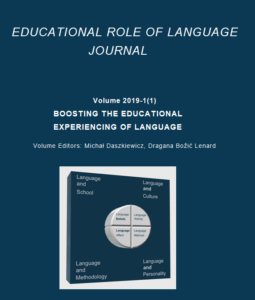Gemma Tarpey-Brown, Abdel-Hakeem Kasem

Deakin University, Australia; https://orcid.org/0000-0003-4962-5290, https://orcid.org/0000-0001-8742-5818
DOI: https://doi.org/10.36534/erlj.2019.01.06
Bibliographic citation: (ISSN 2657-9774) Educational Role of Language Journal. Volume 2019-1(1). Boosting the Educational Experiencing of Language, pp. 60-75
Abstract
This paper investigates the ethnolinguistic vitality of Arabic in Australian society and the implications such vitality has on claims of a successfully multicultural Australia. Vitality in this regard is defined as ‘that which makes a group likely to behave as a distinctive and active collective entity in intergroup situations’ (Giles, Bourhis and Taylor 1977, p. 308). To conduct this research, empirical data was collected to understand the way members of the Arabic ethnolinguistic community view their own vitality. Additionally, secondary sources were studied to present an overview of the place Arabic holds within the Australian multicultural landscape. A total number of 53 (n=53) students across Melbourne were surveyed. The results indicate that when looking at the variable of demography and informal institutional support, Arabic held a high rate of vitality. However, participants believed Arabic had a low vitality in regard to the level of social status and formal institutionalised support.
Keywords: ethnolinguistic, ethnolinguistic vitality, Arabic, Arab community, multiculturalism
Go to full Volume 2019-1(1)
Go to Educational Role of Language Journal – main page
Go to International Association for the Educational Role of Language – main page